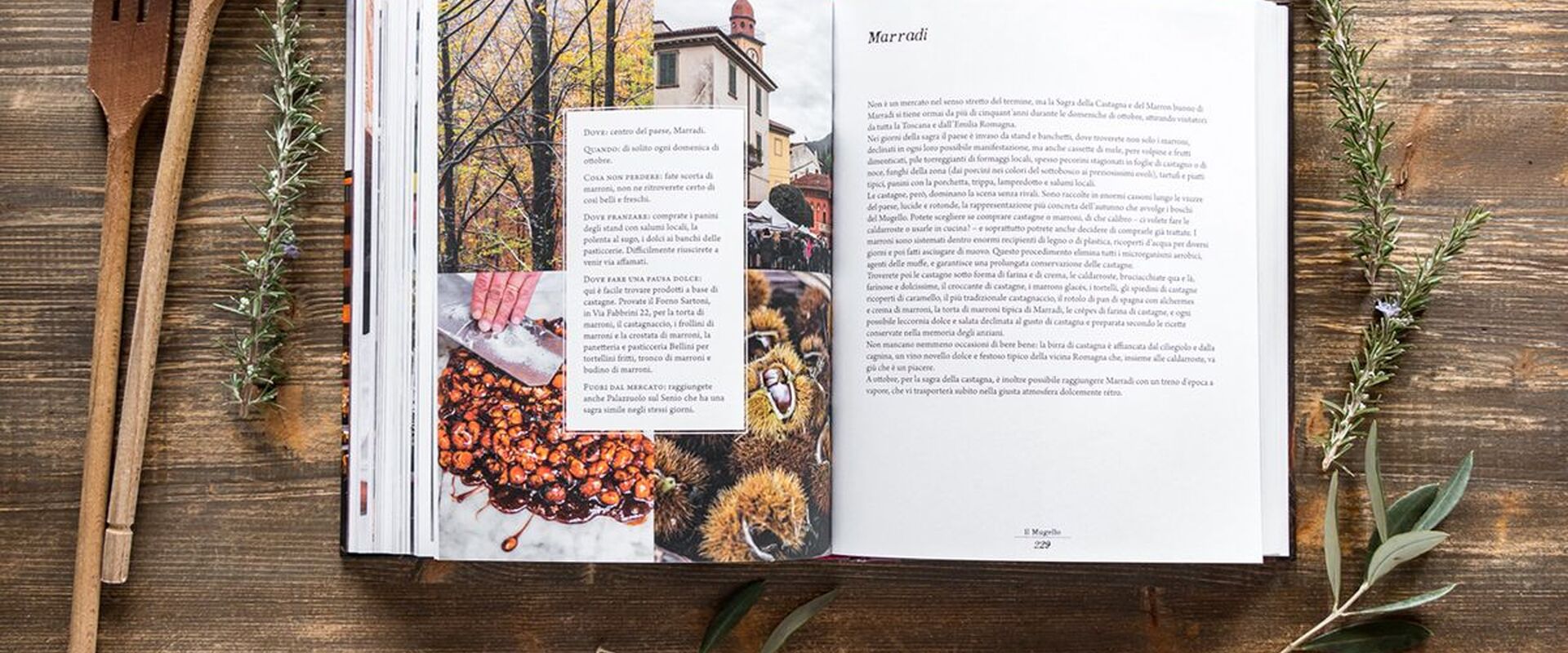Food&Blogger: Giulia Scarpaleggia and Tommaso Galli of Juls’ Kitchen (part III)
2017-06-23
Dante’s famous tercet seems to fit food bloggers perfectly too: “Consider well the seed that gave you birth: you were not made to live as brutes, but to follow virtue and knowledge”. To write about food, you need to do more than just cook and eat it; you need to be
culturally curious.
Food writer and food photographer
Giulia Scarpaleggia, the driving force behind
Juls’ Kitchen alongside her partner
Tommaso Galli, certainly shows all her love for cooking: she’s always looking out for other viewpoints to strengthen her knowledge and virtues, reading cookery books in other languages, for example, and constantly exploring the world of gastronomy.
What the dish you’re most fond of, Giulia?
“
Pappa al pomodoro! It’s classic comfort food, a simple Tuscan recipe, and the way I make it says a lot about how I learnt to cook. My first Pappa al pomodoro was the typical recipe from Siena, pale and without much fresh tomato; then I came across the Florentine version, which is a much deeper red because it contains lots more sieved tomatoes. I kept trying and trying until I perfected my own recipe, which falls somewhere between Siena and Florence.”
What about you, Tommaso?
“
Tortelli mugellani, which come from the Mugello area of Tuscany, where I lived for fifteen years. They’re filled with potato and are served with a meat, game or duck ragù.”
How would you describe your cooking, Giulia?
“
Simple, family and seasonal. It’s the type of cooking I teach. I’m not a chef, I didn’t go to culinary school and my recipes are typical family ones. When I write recipes for the blog, I always imagine people who are passionate about good food, but aren’t experienced with complicated techniques and don’t have much time to cook. I try to share everything I know, without keeping secrets: I tell people everything I’ve learnt so they can make the recipes at home without any problems>.”
What is the top in the kitchen, according to you?
“Great Tuscan extra virgin olive oil, although I adore oils from Sicily and other regions of Italy, plus fresh, seasonal ingredients.”
What is special about Tuscan food compared to other regional cuisines?
““Pane sciocco” bread made without salt. It’s fundamental, because it acts as the base for so many recipes: Pappa al pomodoro, Ribollita, Panzanella, Acquacotta.”
How does tradition fit alongside innovation in the kitchen?
“I think we need tradition to see how far we can take innovation. Sometimes I don’t understand innovative food… Cooking is all about comfort for me, a place I can return to with pleasure.”
What does food mean to you?
“Food – I love eating! – means sharing a moment. It might be by yourself, but when you’re in company, with friends, family, the people who attend our courses, it is so much more satisfying.”
How can food take on an ethical meaning?
“I’m convinced that shopping for food is a political process: our choices can influence the entire food industry. Buying local produce from smallholders or producers we know is an ethical choice.”
Mariagrazia Villa
Photography: © Juls’Kitchen
